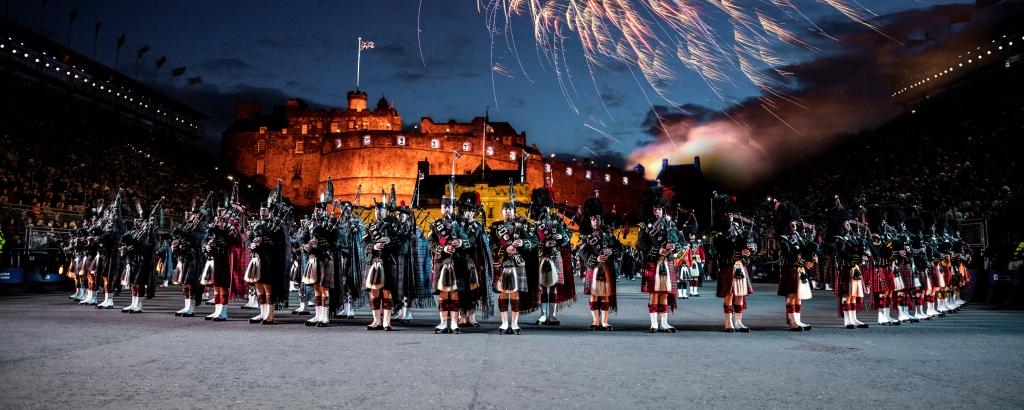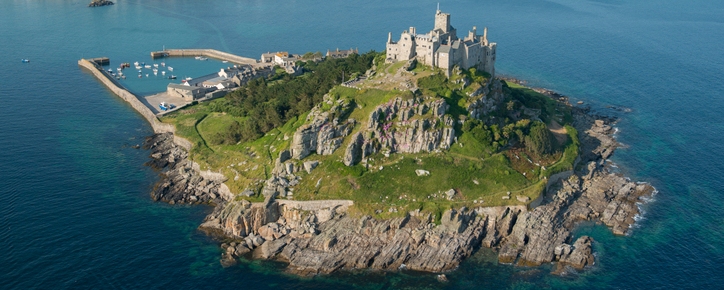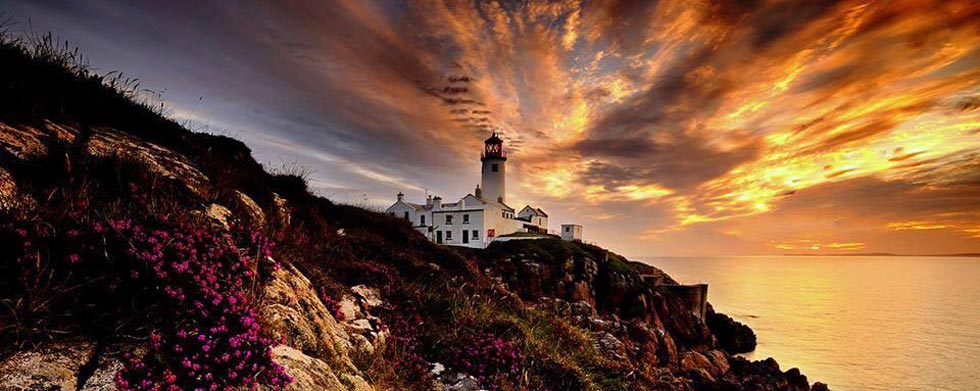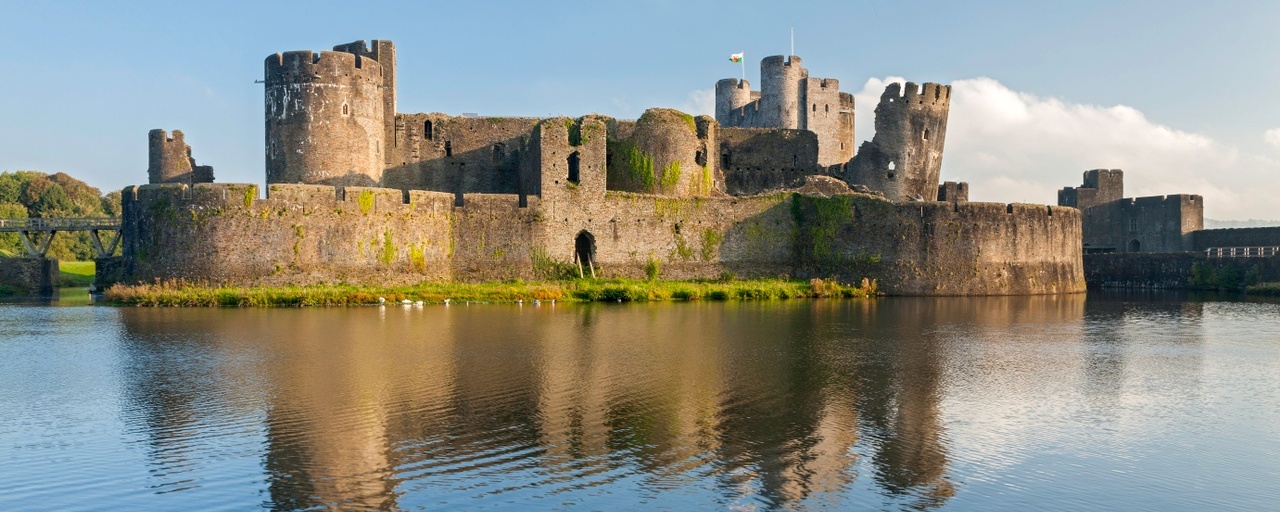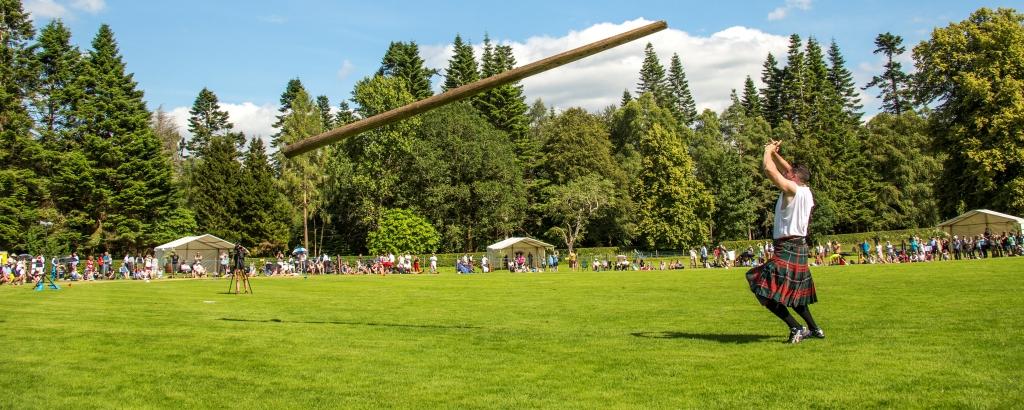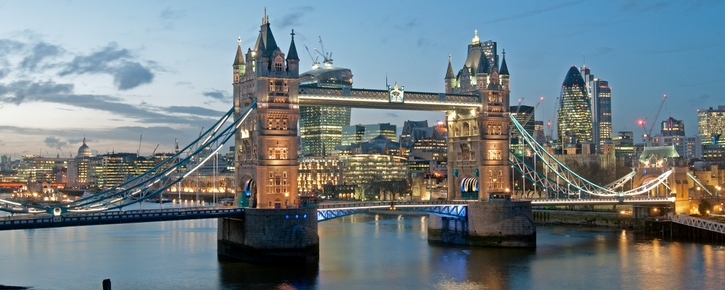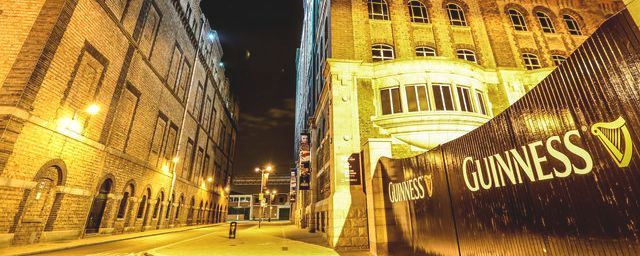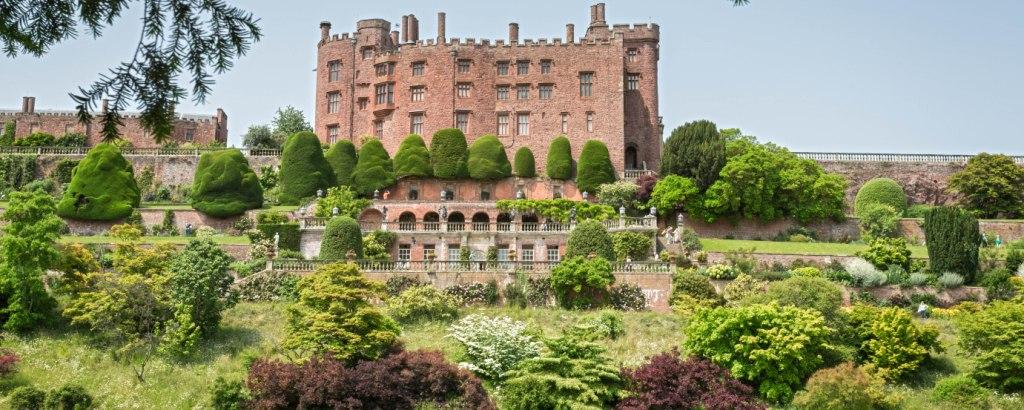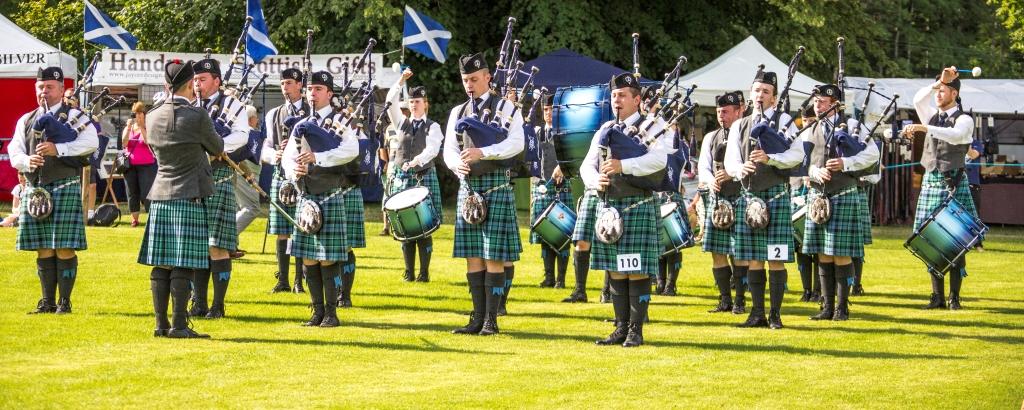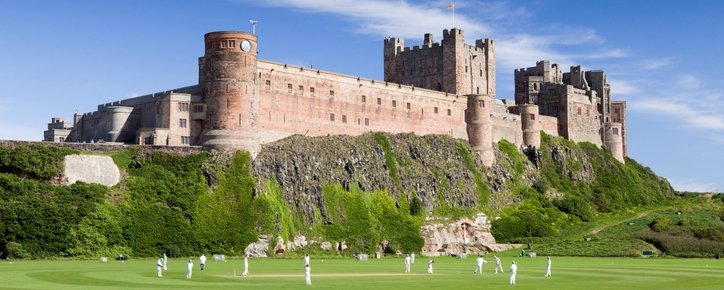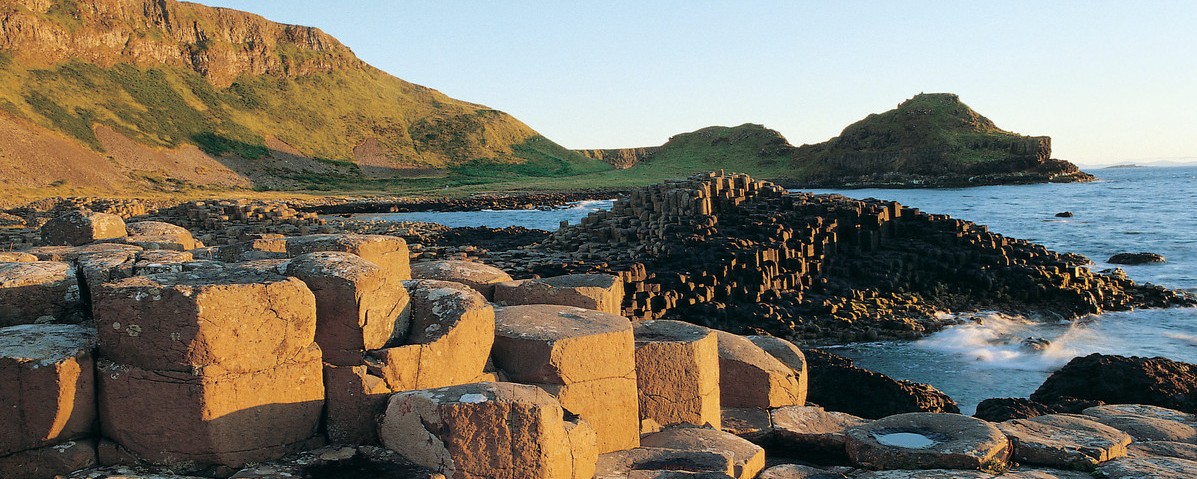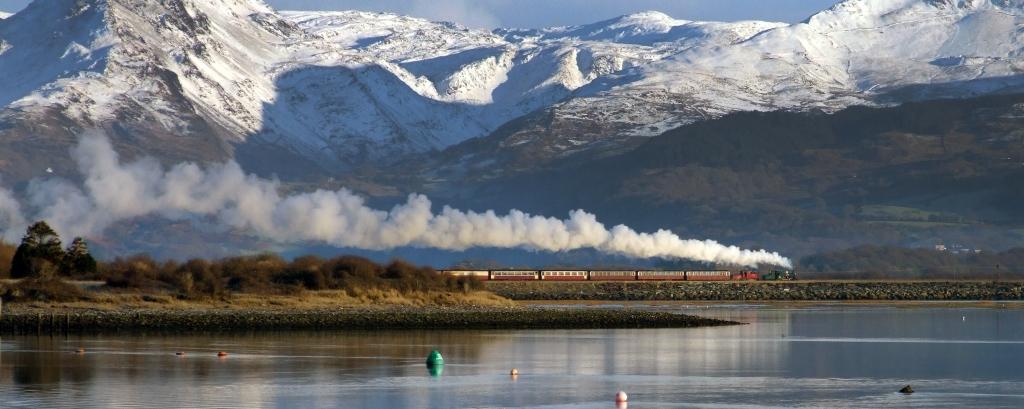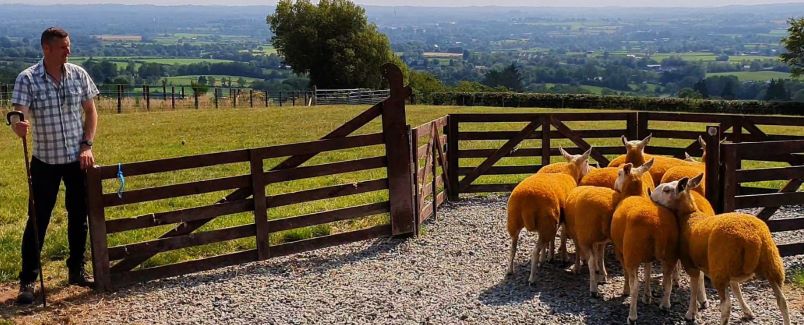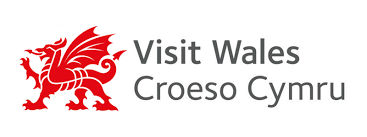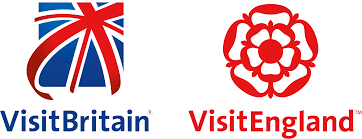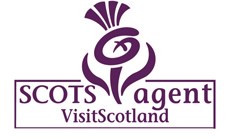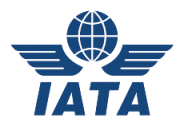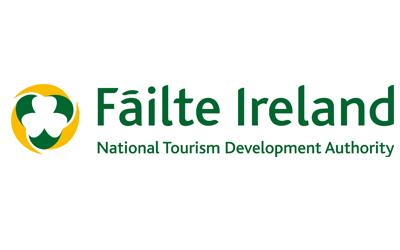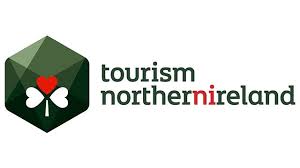Liberation Route Europe reveals World War II history
Liberation Route Europe is a cultural route that connects people, places and events to mark Europe’s liberation from occupation during World War II. Neil, one of our team, was pleased to be able to take part in a six-day group tour along the section of the trail that runs through Germany, Belgium and the Netherlands.
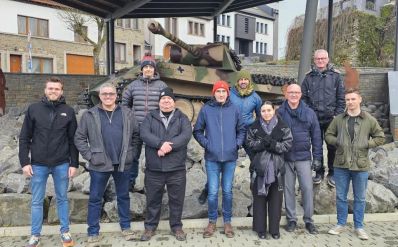 Neil (back row, left) with the tour group
Neil (back row, left) with the tour group
With hundreds of sites and stories in nine European countries, the route stretches nearly 10,000 kilometres (6,200 miles), from the United Kingdom in the west to Poland in the east, linking the main regions along the advance of the Allied Forces between 1943 and 1945. It includes museums, memorials, cemeteries and many other places of historical interest.
DAY ONE: GERMANY
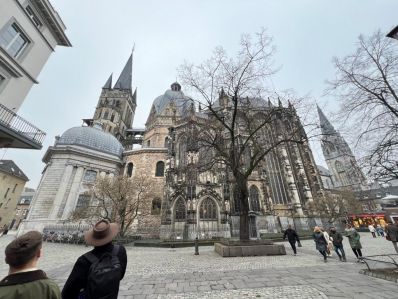 Aachen Cathedral
Aachen Cathedral
Neil’s journey began in Aachen in Germany, after a flight from the UK to Düsseldorf Airport and a short train journey. The first afternoon saw a World War II tour of Aachen, site of a major battle between American and German forces in October 1944. Aachen is an ancient spa city close to the German borders with Belgium and the Netherlands and is most famous for its spectacular eighth century cathedral, one of the oldest in Europe.
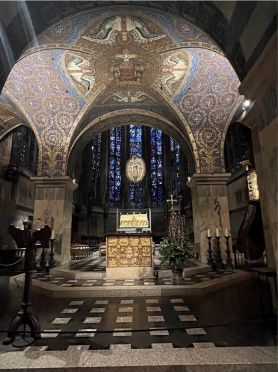 Inside Aachen’s magnificent cathedral
Inside Aachen’s magnificent cathedral
DAY TWO: GERMANY
On the second day, the group joined a battlefield tour in the Hürtgen Forest in Germany, where the longest battle of the war on German soil took place. The Hürtgen Forest consists of thick woodland, bare hilltops and deep gorges and the battle caused numerous casualties on both sides. Heavy rain, snowfall and a lack of roads made it extremely difficult to penetrate. The battle lasted from mid-September 1944 to mid-February 1945, and ended with an Allied victory.
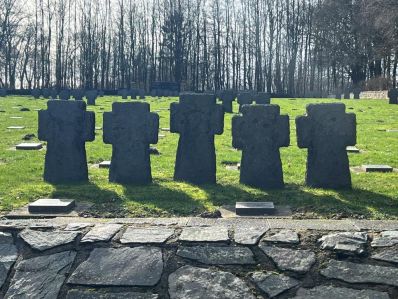 Vossenack German Cemetery, Hürtgen Forest
Vossenack German Cemetery, Hürtgen Forest
For the American GIs, the very name – with its first syllable, ‘hurt’– became a byword for injury and death. To this day, hundreds of soldiers on both sides are unaccounted for, and their remains continue to be found.
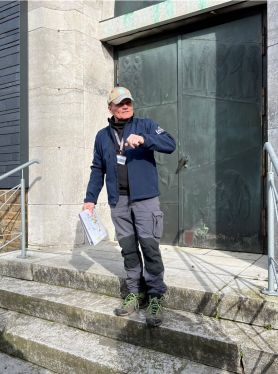 Hürtgen Forest tour guide Volker Lossner
Hürtgen Forest tour guide Volker Lossner
Next stop was Vogelsang International Place. The Vogelsang complex was built as a Nazi training camp before becoming an international military training area. Today, Vogelsang IP is an international place of active remembrance where, in addition to conveying historical facts about the Nazi era, it embodies issues regarding our present-day world. Neil said: “The scale of the place is amazing and there was a very eerie feel to it.”
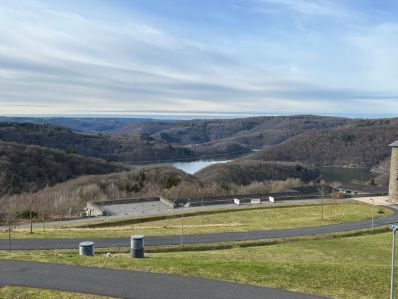 Vogelsang International Place
Vogelsang International Place
DAY THREE: BELGIUM
The short journey to Belgium saw the group arrive in the beautiful Ardennes region, where they visited the town of Bastogne and its surroundings. Bastogne War Museum offers a contemporary insight into the causes, events and consequences of World War II, with particular emphasis on the Battle of the Bulge (also known as the Ardennes Offensive).
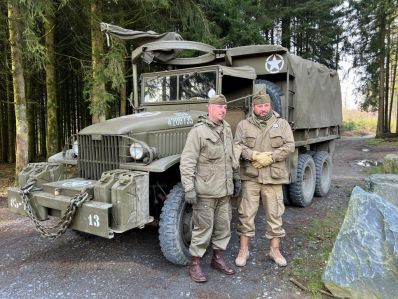 Bastogne War Museum
Bastogne War Museum
The nearby Mardasson Memorial commemorates the Allies’ counteroffensive at this battle, which took place between 16 December 1944 and 16 January 1945 and during which many soldiers and civilians lost their lives. The monument preserves the memory of the 76,890 American soldiers who gave their life or were injured during the battle.
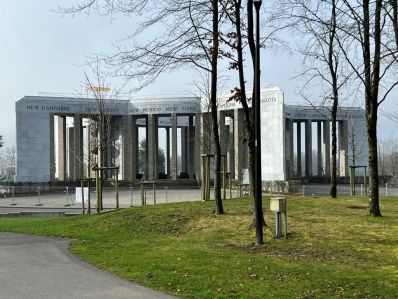 Mardasson Memorial
Mardasson Memorial
The Bastogne War Rooms is a brand-new attraction. This iconic World War II location houses the famous cellar where on December 22, 1944, Brigadier General McAuliffe of the 101st Airborne Division uttered his famous "NUTS" in response to the surrender request from German forces besieging the town of Bastogne. This response boosted the morale of the American defenders, turning the town and its garrison into a symbol of resistance against the last major German offensive of the war. Also in Bastogne is the 101st Airborne Museum, which traces the course of the Battle of the Bulge between December 1944 and January 1945.
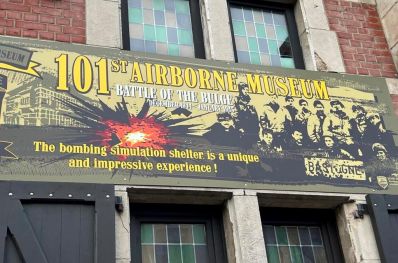 101st Airborne Museum, Bastogne
101st Airborne Museum, Bastogne
DAY FOUR: BELGIUM & THE NETHERLANDS
Early on day four, the group arrived in Malmedy, on the way to the Netherlands. A guided tour of the area told the story of the Malmedy Massacre, a World War II war crime which saw 84 American prisoners of war killed by a German fighting unit during the Battle of the Bulge. The December 44 Museum at La Gleize is located at the site of the massacre and is dedicated to the Battle of the Bulge.
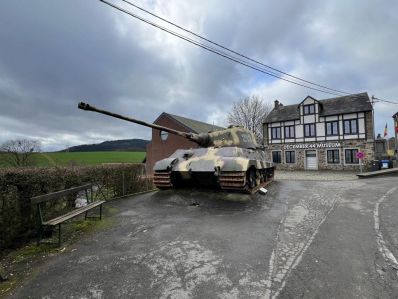 December 44 Museum, La Gleize
December 44 Museum, La Gleize
First stop over the border was Mesch, the first village in the Netherlands to be liberated. More than three months after the Normandy landings, the 30th American Infantry Division, nicknamed Old Hickory, crossed the Belgian-Dutch border early in the morning of 12 September 1944.
Arriving in the historic Dutch city of Maastricht, the group embarked on an underground tour, which included visits to the Zonneberg Caves, St Pietersberg Hill and Fort Sint Pieter. St Pietersberg Hill is famous for the huge concrete vault which was excavated there at the beginning of the war to protect the Netherlands' most valuable art treasures. Eight hundred works of art were eventually deposited. Neil said that his favourite place visited on the tour was the underground cave network in Maastricht.
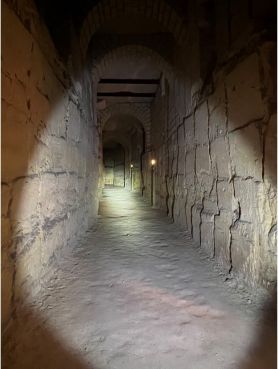 Zonneberg Caves, Maastricht
Zonneberg Caves, Maastricht
DAY FIVE: THE NETHERLANDS & GERMANY
The next destination was Margraten, home of the Netherlands American Cemetery and Memorial, which is the only American military cemetery in the Netherlands. The US 30th Infantry Division liberated the site on 13 September 1944 and 8,301 American military rest here. The American Battle Monuments Commission opened a visitor centre at the cemetery in December 2023, and the group was welcomed by Frenk Lahaye, the centre’s director.
Briefly hopping into Germany, the tour continued to Brüggen, a region that was severely affected by the war. Brüggen aims to document events from this time through monuments and the stories of witnesses, to preserve the history of this border area.
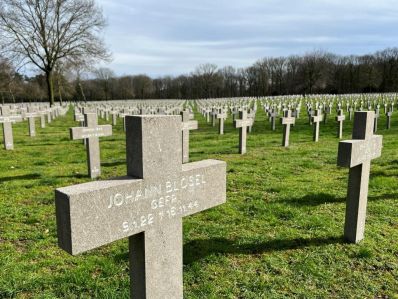 German War Cemetery Ysselsteyn
German War Cemetery Ysselsteyn
Back in the Netherlands the group visited the German War Cemetery Ysselsteyn, the only German War Cemetery in the Netherlands.
Neil said: “I knew very little about the German side during the war, apart from what we have been told about the Nazis. I had never really thought about it until I stood in the German cemetery with 32,000 war dead, only around 400 of whom were Nazis. So that means over 31,000 lives lost of those who were doing what they were told and fighting for their country.”
In nearby Overloon, there was a fascinating guided tour of the War Museum Overloon, the motto of which is ‘War belongs in a museum’.
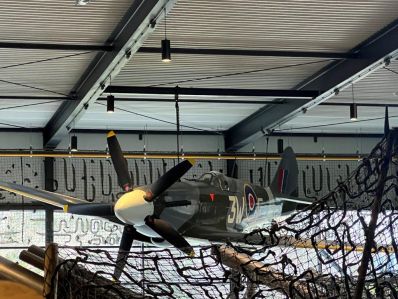 War Museum Overloon
War Museum Overloon
DAY SIX: THE NETHERLANDS
The final day of the tour began with a visit to Nijmegen to find out about the Waal Crossing and the Sunset March.
During Operation Market Garden, there was fierce German resistance on and around the bridges of Nijmegen. On September 20th, 1944, Allied military leaders decided to attempt to capture the road bridge. The Waal crossing had begun and the Americans were engulfed in a barrage of fire before taking the bridge.
The Sunset March is a daily tribute to the Allied soldiers who fought for the liberation of the Netherlands. In 2013, the city of Nijmegen opened a new bridge called the Crossing (Oversteek), close to where the US 82nd Airborne Division crossed the river Waal. At sunset, the 48 pairs of streetlights on the bridge, commemorating the 48 Allied soldiers who last their lives in the crossing, are ignited at a slow marching pace, as a veteran walks across the bridge.
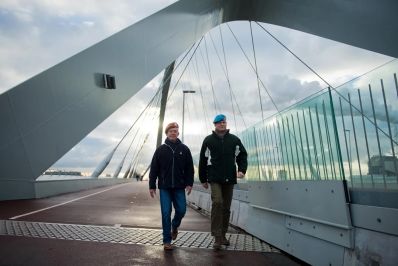 Sunset March © Maaike van Helmond
Sunset March © Maaike van Helmond
In the afternoon, the group transferred to the ‘Airborne Region’ centred around the city of Arnhem. The Battle of Arnhem was the biggest airborne landing operation of the Second World War and it took place in and around Arnhem in September 1944, forming part of Operation Market Garden. The goal of the operation was for Polish, British and American airborne forces to capture the important bridges across the Dutch rivers so that ground troops could advance via these bridges, but the operation failed…
The tour group took a city walk to discover more about the Battle of Arnhem, including visits to Airborne at the Bridge and Eusebius Church. The Battle of Arnhem came to a halt at the John Frost Bridge in Arnhem and Airborne at the Bridge, which overlooks the bridge, tells the story of those who fought and died in the battle.
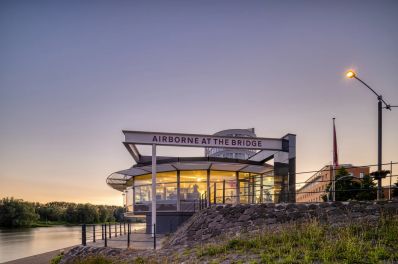 Airborne at the Bridge © Daan van Oort
Airborne at the Bridge © Daan van Oort
Next stop was Ginkel Heath, near the Dutch town of Ede. Here, on September 18th, 1944, British paratroopers landed, which led to heavy fighting with German troops. The day is commemorated in a re-enactment of the airborne forces landing each September. The tour concluded at The Information Centre: The Poles of Driel, which provides a fascinating insight into the battle fought by the 1st Polish Independent Parachute Brigade in the village of Driel during Operation Market Garden.
Neil said: “This was an incredible tour and I would highly recommend it to anyone with an interest in the events of World War Two in Europe. The local guides were really informative and I learnt a lot about the German side of things, as well as the experiences of the Allies.
“While we only explored a small part of the Liberation Route on our tour - there is so much more to see across Europe - it was a great way of finding out about the events of the Second World War and seeing many important places, some of which might otherwise be overlooked.”
If you or your group would like to take a journey of discovery along Liberation Route Europe, uncovering the history of World War II, please do contact our friendly team today. We can organise all aspects of your tour from the minute you step foot in Europe.

Neil’s trip was organised by the LRE Foundation, in co-operation with its partners and members in the different regions. To find out more about Liberation Route Europe, visit: www.liberationroute.com
